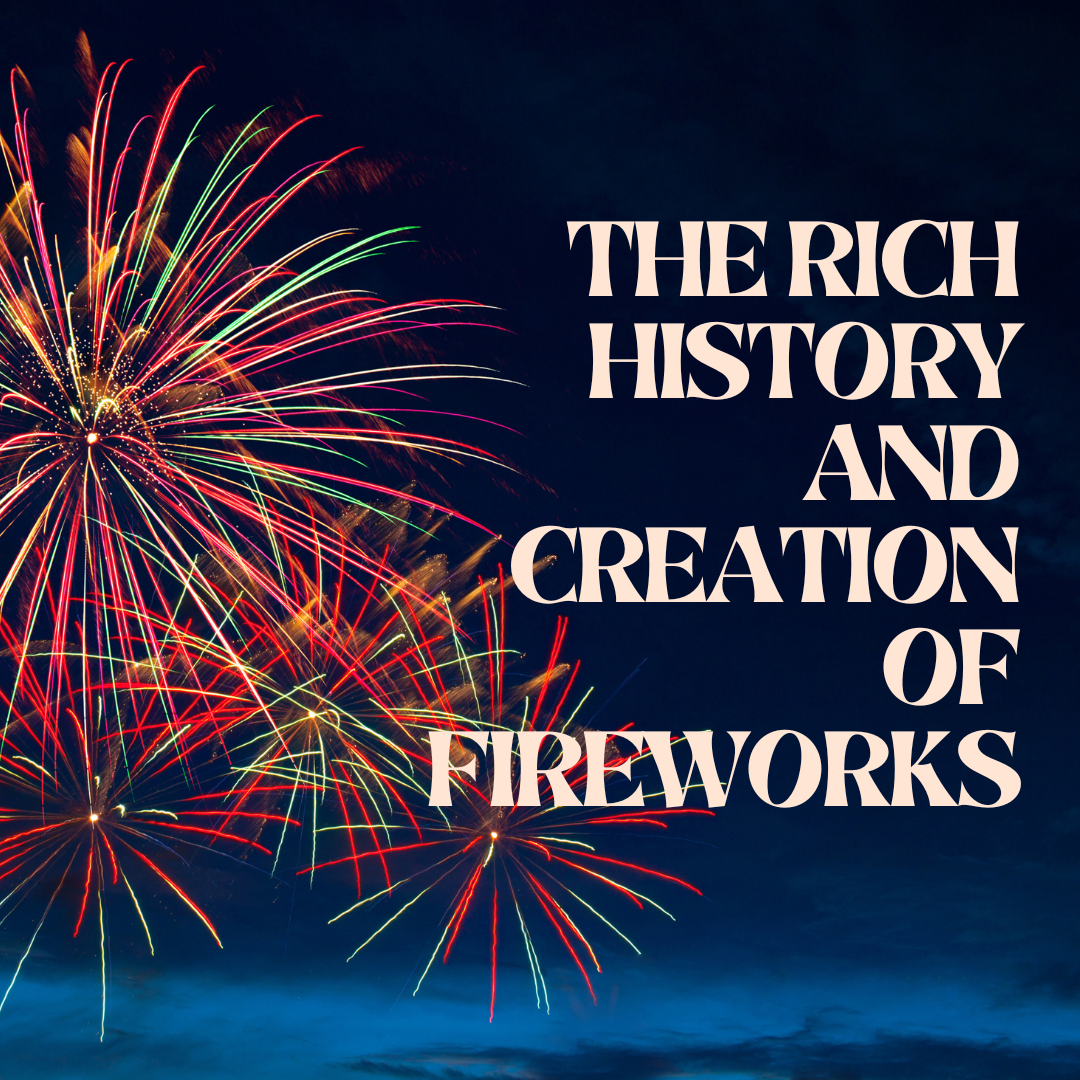Access Denied
IMPORTANT! If you’re a store owner, please make sure you have Customer accounts enabled in your Store Admin, as you have customer based locks set up with EasyLockdown app. Enable Customer Accounts
History of Fireworks
By Kristian Henson

Fireworks have fascinated people worldwide for centuries with their stunning displays of light, color, and sound. However, beyond their dazzling appearances lies a rich history, cultural significance, and meticulous craftsmanship.
Historical Origins
The story of fireworks dates back over a thousand years to ancient China, where they were first invented. Initially discovered by accident while searching for elixirs of immortality, the Chinese quickly recognized the potential of gunpowder for entertainment and warfare. By the 7th century, they had developed early forms of fireworks, using bamboo shoots to create explosive sounds and colored flames.
From China, fireworks spread across Asia, the Middle East, and eventually to Europe during the Middle Ages. Each culture adapted them to suit their traditions and celebrations, integrating fireworks into religious ceremonies, royal festivities, and public events.
Cultural Importance
Fireworks soon became symbolic of joyous occasions and triumphs. In China, they were used to ward off evil spirits during lunar New Year celebrations, while Europeans incorporated them into coronations and military victories. In modern times, fireworks mark major events such as Independence Day in the United States, New Year's Eve around the globe, and cultural festivals from Diwali in India to Bastille Day in France.
The Art and Science of Pyrotechnics
The creation of fireworks involves a blend of artistry and chemistry. Modern pyrotechnicians carefully design each display, selecting chemicals to produce vibrant colors such as crimson red, emerald green, and sapphire blue. These colors are achieved through metal salts and other compounds that burn at high temperatures, emitting characteristic hues when ignited.
The shapes and effects of fireworks—such as starbursts, comets, and Roman candles—are achieved through meticulous assembly and timing. Engineers and technicians work tirelessly to ensure each firework ignites at precisely the right moment, creating a choreographed symphony of light and sound in the sky.
Conclusion
Fireworks continue to enchant spectators worldwide, serving as both a testament to human creativity and a symbol of celebration. Their evolution from ancient pyrotechnics to modern spectacles mirrors our enduring fascination with light, color, and the shared experience of wonder. As we enjoy these displays, let us also appreciate the centuries-old traditions, cultural diversity, and technical expertise that have shaped the mesmerizing world of fireworks.
Invalid password
Enter



Leave a comment
This site is protected by hCaptcha and the hCaptcha Privacy Policy and Terms of Service apply.